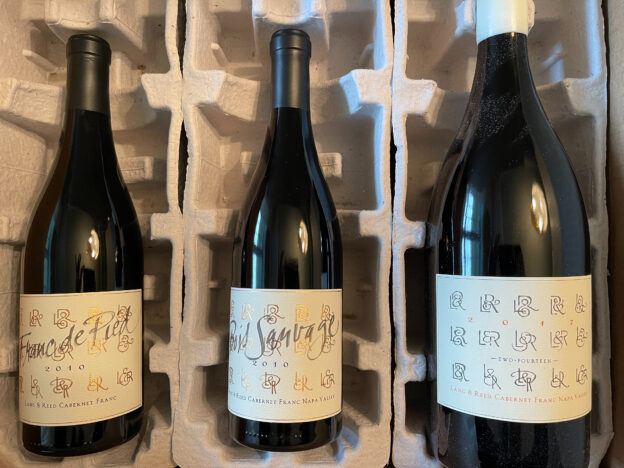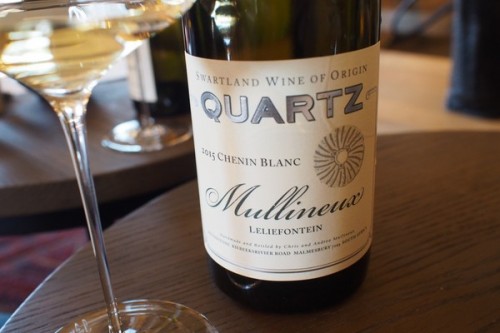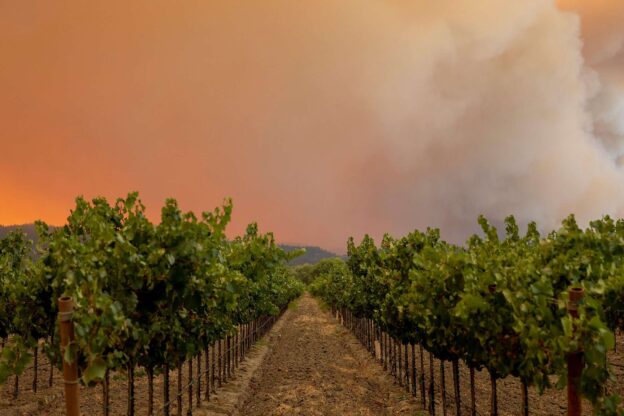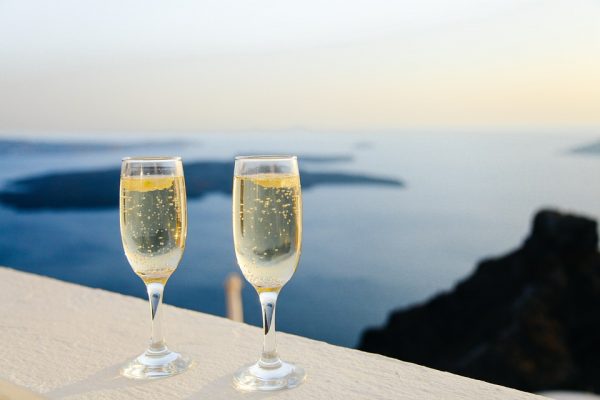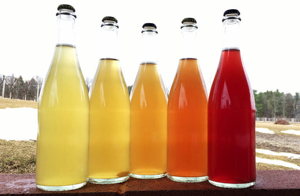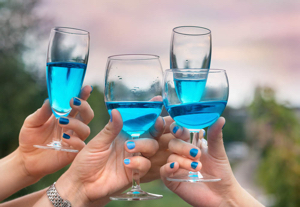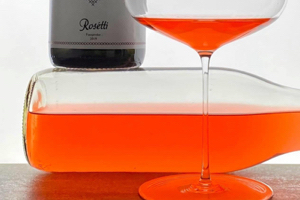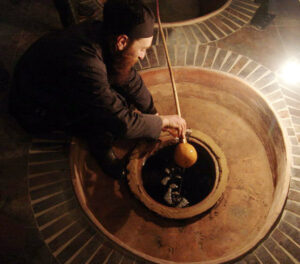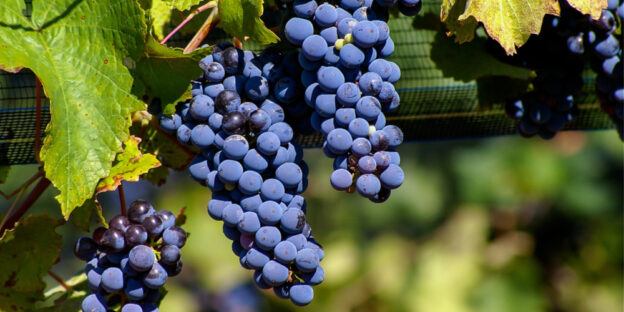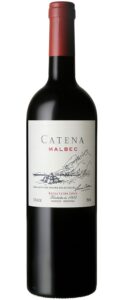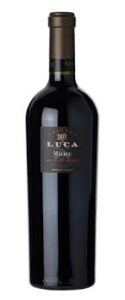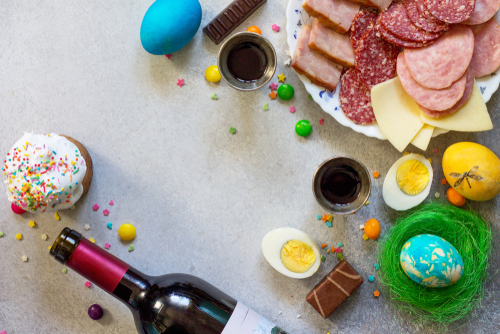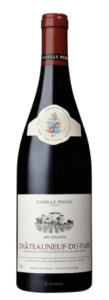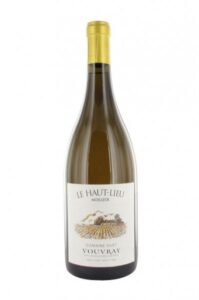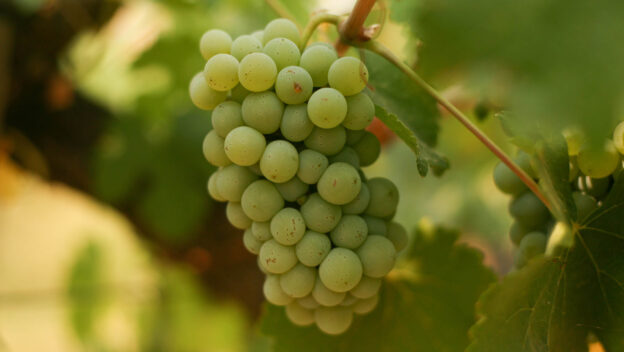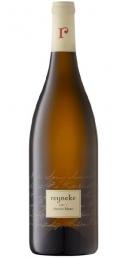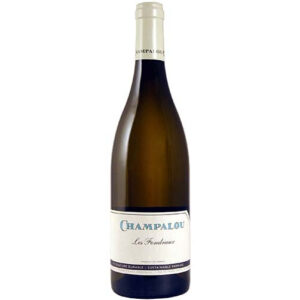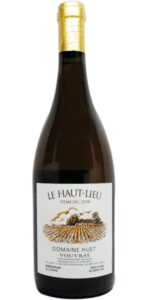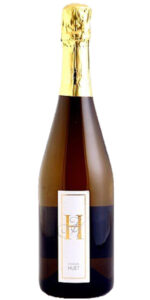What’s rarer than a cheerful teenager? A winemaker in Napa Valley that doesn’t produce any Cabernet Sauvignon! Meet Lang & Reed, a rare breed of Napa winery that focuses on the other Cabernet – Cabernet Franc, as well as Chenin Blanc.
When I was in Napa Valley a few weeks ago, I had time for only one winery visit. I had a plethora of well-known and highly regarded options to choose from – Opus One, Stag’s Leap, Far Niente, Chappellet, etc. Yet rather than booking a visit to those hedonistic Cabernet Sauvignon strongholds with their grand tasting rooms surrounded by stunningly picturesque vineyards, I went in a completely different direction. Instead, I chose to celebrate the completion of my wine exams with Lang & Reed in their quaint tasting room in a historic house located in the heart of St. Helena’s downtown.
I first had a glass of Lang & Reed Cabernet Franc in February 2021 at the California Grill restaurant in Disney World, one month before the world entered pandemic shut down. It was an unusual choice for me – I had never ordered a glass of Cabernet Franc before, which is why I chose it. I wanted to try something different, something not Cabernet Sauvignon, from a wine list dominated by well-known California labels. That glass stayed with me – it was medium bodied with light tannins, red fruit and a very distinctive earthy, dried leaf character. It was nothing like your typical rich, jammy, high alcohol California red. It made me want to know more about Lang & Reed.
When I walked in the door at Lang & Reed two years after that first introduction to their wine, I was immediately greeted by owner John Skupny. He led me to a cheerful tasting room where we proceeded to spend the next two hours chatting about his long and storied journey in the wine industry. A born and bred mid-Westerner, John and his wife Tracey spent decades working in the restaurant industry in Kansas City, which led to positions as wine stewards/buyers.
They eventually moved to Napa in the 1970s during the time of the “Judgement of Paris” and watched Napa evolve from a hippie farmer community to one led by elite, cult winemakers. John moved from restaurants to working at wineries and spent formative years working with Francis Ford Coppola, during the time Coppola was filming Godfather III. John helped convince Coppola to purchase the historic Inglenook winery, which solidified Coppola’s place in Napa history.
Ultimately, John decided to try his hand at winemaking without any formal training. He wanted to make something unique and expressive. Cabernet Franc was already planted in pockets across Napa as a blending varietal with Cabernet Sauvignon and Merlot for Bordeaux-style blends. However, John’s love of the Loire Valley, where Cabernet Franc is produced as a single varietal, inspired the creation of Lang & Reed. The winery is named for the middle names of his two sons, J Reed and Jerzy Lang.
John purchases grapes from partner growers to make his wines. However, sources of Cabernet Franc are limited in Napa. In fact, Lang & Reed produces some very special, extremely limited bottlings of which only 1-2 barrels were ever made! For example, the 2010 Franc de Pied was produced from bare rooted (rather than grafted) old vines that were producing very small yields of fruit, but fruit that was highly concentrated and complex. Only two barrels were made, and the 2010 is the last vintage of this wine since the ungrafted vineyard eventually succumbed to the ravages of the root louse, phylloxera, and no longer exists.
Lang & Reed’s Cabernet Franc bottlings are complex, intriguing and unique, but let’s not forget they also produce excellent Chenin Blanc, the other main grape of the Loire Valley. Their Chenin Blanc was the idea of John’s son, Reed, who partnered with his dad to produce this bottling. Sourcing Chenin Blanc grapes was exponentially more difficult than finding sources of Cabernet Franc, but they eventually found their ideal fruit in cool Mendocino County, north of Sonoma.
Lang & Reed is truly a family business producing wonderfully unique, small production wines. The Lang & Reed entry level Cabernet Franc can be found in larger wine shops around the country for $30. Their more unique, limited bottlings will need to be purchased on their website. Even better, make it a point to visit Lang & Reed the next time you find yourself in Napa Valley and need a break from Cabernet Sauvignon.
Cheers!
